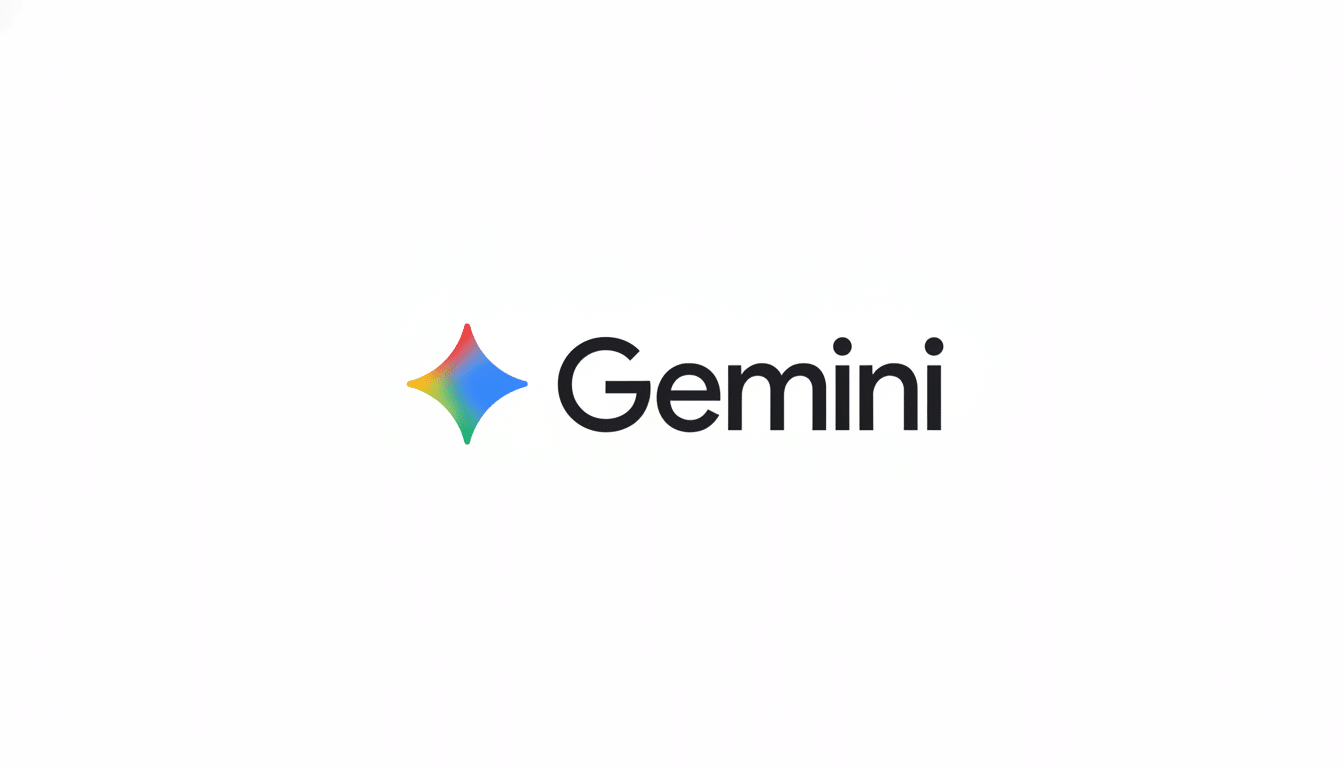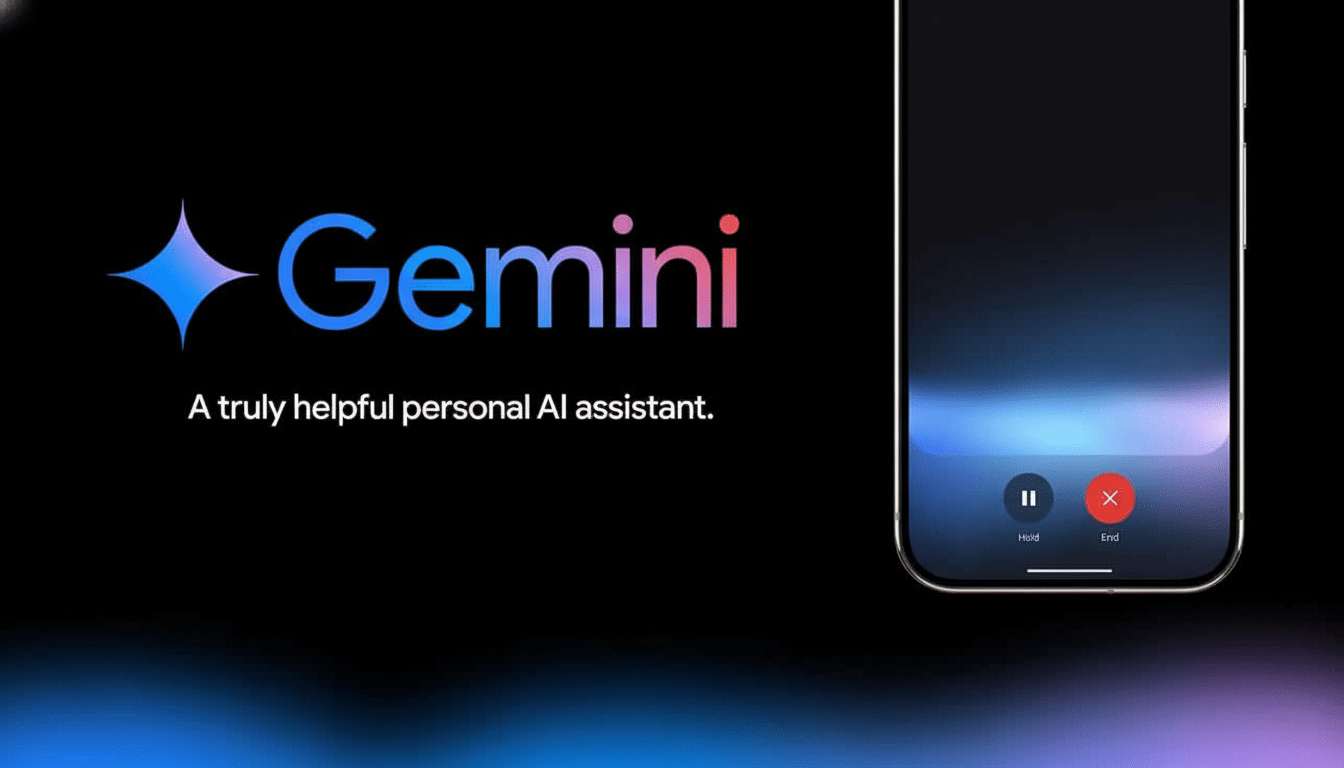Google’s Gemini has sprinted past on several measures, from multimodal inputs to long-context reasoning, but the day-to-day interaction still trips on small yet surmountable details. It’s the kind of quality-of-life improvement that doesn’t necessarily make headlines but can mean the difference between a tool that develops a habit and one that becomes a novelty. Here, then, are four updates that would immediately make Gemini feel faster, friendlier and more effective.
Trim The Fluff For Smooth, Uninterrupted Chats
When you summon a specific Gem, the assistant sometimes kicks things off with breezy commentary or time-of-day banter instead of cutting to the chase. That’s the sort of filler that slows momentum and dilutes trust. Research on conversational UX from the Nielsen Norman Group has repeatedly demonstrated to us that people want short, task-relevant answers when communicating with a machine — not niceties.

Two fixes could help. First, a “Brevity” toggle that clips the intros and keeps answers short (it’s there in spirit, I promise). Second, follow-up suggestions that not only continue a conversation but that don’t also pressure you to close it off — consider things like quick-reply chips approximating “Show me step-by-step,” “Let’s draft the email” and “Visualize as a diagram.” ChatGPT established this cadence with clarifying questions and optional next steps that Gemini ought to live up to, if not exceed, particularly inside Gems representing work in progress.
There’s still room for warmth and humanity in Gemini, but task-first should be the default.
Save the flourish for summaries; let the middle turns be about decision-making and execution.
Make Onboarding And In-Product Guidance Smarter
There is a level of knowledge and power that Gemini inherently needs, since its offerings are so far-reaching among models, tooling, and Gems, yet fellow developers are left to have to figure out the “how” on their own. The model picker these days has nebulous descriptions. In reality, people want to know what model of thought they should use for a spreadsheet formula, a marketing plan or a code snippet and why.
Gemini should incorporate interactive model cards that illustrate real examples and a range of estimated cost/latency, similar to the “compare plans” pattern that consumers already experience. For example, to show when a long-context model can shine (multi-document analysis, hour-long meeting notes) versus where you might want to use a lighter, faster model (quick drafts, short answers). Google has been touting million-token context capabilities; why not surface that power with a one-click “Analyze these five PDFs” template that onboards users by doing.
Tools like Canvas and Guided Learning also require inline “i” popovers with demos and best practices. Material Design favors progressive disclosure for advanced features; bring it to life with contextual tips, a ready-to-use prompt, and a small “Learn” center that can be launched without taking users outside of their flow.

An Even More Opinionated Interface That Helps You Focus
On the web, the left-hand rail often devolves into a never-ending list of chats. It serves a purpose, but it’s not pleasant — and it obscures the state that users want when they begin to scale a given workload. Typesetting those as all-caps sections with headers — Gems, Recents, Pinned and Folders — would also introduce some necessary hierarchy. Some color-coded chips for Gems and a big ol’ New Chat button would help the eye find what it needs.
On mobile, a bottom navigation bar is long overdue. Material 3 directly suggests to use bottom nav for 3-5 primary destinations, so “New Chat,” “Gems,” and “Recents” is right in line. Small design decisions also yield accessibility dividends: Make sure there is WCAG-compliant contrast, keep your iconography consistent and watch the shade of accent colors so the app doesn’t feel too jarring in light mode or too dark in dark mode.
You’re not trying to be decorative; you’re striving for cognitive ease. Apps such as Notion and Slack have proven that some structure and polish can make a complex workspace more approachable.
Real Organization For Real Work And Ongoing Tasks
After you have swiped past a few dozen chats, scrolling through an infinite timeline does not suffice. Power users require folders, pins and tags. Let’s put workouts under “Fitness,” prep for meetings under “Work” and that research slog under “Ideas.” Badge Gem conversations so they’re quickly identifiable in search and lists.
Metadata can be an afterthought rather than a benefit. There could be a succinct info panel partway down the right of each chat: start date, last active date, model used (fill this with N/A if no model applied), attachments mentioned, total turns. Clicking the “last active,” “longest” or “most attachments” buttons sorts a log into a navigable archive. Bulk actions — move to folder, pin, mark as resolved — would save time and promote good hygiene.
Transparency matters, too. Make it blatantly obvious what’s local metadata and cloud/cached metadata, with slap-me-now retention controls. Research firms such as Forrester have identified early on that visible privacy controls are linked to greater user trust — it’s a seemingly tiny UI selection with a disproportionately large impact on adoption.
None of these demands require a breakthrough model. It’s the fit-and-finish stuff — sharper pacing of conversation, clearer guidance, smarter navigation, better organization — that turns capability into a daily companion. Gemini has the engine. Now it needs the ergonomics.

